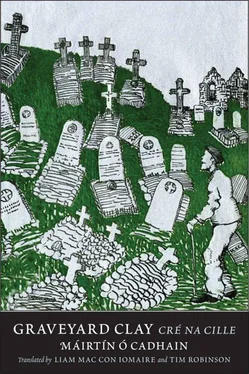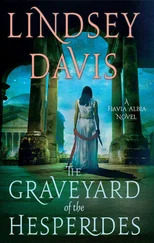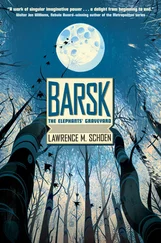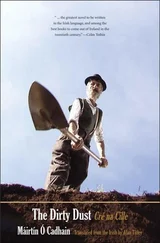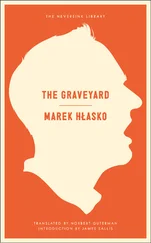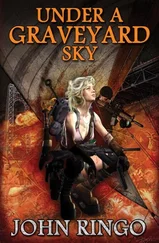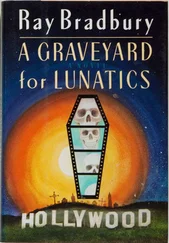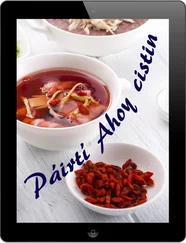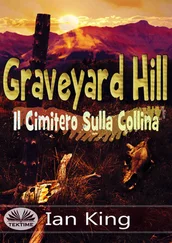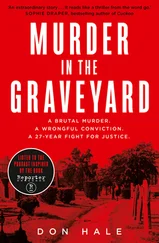4. Ó Cadhain 1973, 46.
5. Ó Tuairisc 1981, 8.
6. Ó Cadhain 1969, 28.
7. In Ó Cadhain 1995, xv and back cover.
8. In Ó Cadhain 1995, x.
9. Ó Cadhain 1969, 29.
10. The Butler Literary Awards are given by the Irish American Cultural Institute in support of works in the Irish language.
11. Ó Cadhain 1969, 29.
12. I heard Ó Cadhain speak these words at the graveside.
13. I heard Cian Ó hÉigeartaigh speak these words at the graveside.
14. Costigan and Ó Curraoin 1987, 73.
15. Ó Cathasaigh 2002, 118; Ó Háinle 2006, 22; Cló Iar-Chonnacht 2009, 11.
16. Trodden Keefe 1985.
17. Ó hÉigeartaigh and Nic Gearailt 2014, 186.
18. Mac Póilín (ed.) 1991.
19. Deane (ed.) 1991.
20. Bammesberger 1984.
21. O’Leary 2010; Welch 1993; Kiberd 2000 and 2005; Ó Broin 2006 and 2008.
22. See Alan Titley in the Irish Times , 30 March 2015.
23. Rekdal (trans.) 1995.
24. Munch-Pedersen (trans.) 2000.
25. Ó Tuairisc 1981.
26. de Paor, McCormack, and Ó Tuairisg 2006.
27. Máirtín Ó Cadhain, The Key/An Eochair , Dual Language Edition, translated by Louis de Paor and Lochlainn Ó Tuairisg. Dublin: Dalkey Archive Press.
28. Cronin 2001, B13.
29. Ó Cadhain 1969, 17.
30. Ó Floinn 1950, also in Prút (ed.) 1997; Ó Corcora 1950; Greene 1950.
31. Ní Ghairbhí 2008, 49.
32. Ó Corráin 1988, 143.
33. Ó hEithir 1977, 74.
34. Ó hEithir 1977, 75.
35. O’Leary 2010; Welch 1993; Kiberd 2000; Titley 1991; Denvir 2007.
36. Denvir 2007, 222.
37. Ó Doibhlin 1974, 48.
38. Kilfeather 2006, 93.
39. Ó Briain 2013, 281.
40. Ó Cadhain 1969, 30–31.
41. Ó Cadhain 1969, 33.
42. Ó Corcora 1950, 14.
43. Ó hEithir 1977, 83.
44. Ó Dochartaigh 1975, 14.
45. Ó Murchú 1982, 19.
46. Nic Pháidín 1978, 22.
47. Denvir 2007, 50.
48. Nic Eoin 1981, 49.
49. Ó Doibhlin 1974, 47.
50. Ó Corráin 1988, 144–45.
51. Ní Ghairbhí 2008, 50.
52. Kiberd 2000, 583, 584.
53. Trodden Keefe 1985, 371.
54. Irish Times , 24 February 1996 and 1 March 1996.
55. Denvir 2008, 222.
56. In Caerwyn Williams, JEC (ed.), Literature in Celtic Countries (Cardiff: University of Wales Press, 1971), 151.
1. Two small squares of cloth attached by two strings and worn over the shoulders around the neck as a pious practice.
2. A long strip of cloth with an opening for the head, worn hanging before and behind over the habit on a corpse.
3. Knock is a village in Co. Mayo where the Virgin Mary and other sacred personages are said to have appeared in 1879. It has long been an important Catholic place of pilgrimage.
4. Poitín , illicitly brewed barley spirits.
5. In Conamara “mountain” (sliabh) means rough uncultivated land, not necessarily elevated. Poitín was and is secretly made in such areas.
6. A church collection for the priest after a funeral Mass. A shilling coin was the most common contribution among the poor. The custom has been largely abandoned.
7. Anglicisation of caoineadh , to lament aloud over a corpse. Certain women were highly regarded for their abilities in this ancient and now extinct Gaelic form of mournful chant.
8. A walled enclosure beside a farmhouse, where the hay and corn were stacked for winter fodder for the animals.
9. The limestone of the Aran Islands, some ten miles off the south Conamara coast, was highly prized for tombstones in south Conamara, which is largely underlain by rocks harder to carve, such as granite.
10. “Eleanor of the Secrets,” a well-known Irish love song.
11. Caitríona’s personal expression of surprise or consternation.
12. Mártan (son of) Big Seán. The opening line of a bawdy rhyme.
13. The explosion of a German mine that drifted ashore in June 1917, killing nine local men, is still remembered in Cois Fharraige in Conamara. Mine appeared in English in the original Irish text. We use italic for all words that were not in Irish in the original text.
14. Mare with a white front to the head.
15. Such tasks as collecting seaweed as manure for the fields, and collecting limpets, cockles, mussels, and periwinkles for food.
16. The translation of Gealchathair , Ó Cadhain’s name for Galway, introduced by Eoghan Ó Tuairisc in The Road to Brightcity (1981), in his English version of selected short stories from Ó Cadhain’s earliest collections.
17. The official who distributed seed potatoes supplied by the Department of Agriculture.
18. The Government (Irish Language) Publications Scheme. Many Irish-language writers including Ó Cadhain earned a pittance writing or translating works for An Gúm (“the Scheme”).
19. A snippet of an impromptu satirical song of the kind still composed in Conamara. The book is the Bible.
20. The word can mean scholar, manservant, farmer, a yeoman; scológ cheoil, snatches of song. See the Introductory Note.
21. Thus in the original; a local mishearing of the American-English phrase “Honest Injun.”
22. The last few drops milked from a cow, considered to be the best for cream and butter.
23. An implement like a pad with bristles on one side, used in carding raw wool, i.e., aligning the fibres in preparation for spinning. Two cards are needed, pulling one against the other, with the wool in between.
24. The reference here is to World War I (1914–1918).
25. Slí na Firínne , the way of truth, is a common phrase for the afterlife.
26. Presumably the Frenchman says “merde,” meaning “crap,” which is misheard as meirdreach , prostitute.
1. East of Galway the underlying limestone gives rise to fertile and hospitable plains, unlike the harsh Conamara terrain of granite and metamorphic rocks.
2. The offspring of a female donkey and a horse.
3. The listed political and historical figures are here all regarded as heroes of the age-long struggle for Irish independence.
4. The Irish Republican Army of the War of Independence and the Civil War, as opposed to the IRA of more recent “Troubles.”
5. A brand of Irish whiskey.
6. Off the coast of Kerry.
7. At the western end of the Aran Islands.
8. A guinea was a coin worth one pound one shilling.
9. A phrase from a love song.
10. Lord Kilannin’s big house and grounds in An Spidéal (Spiddal) were major features of the neighbourhood.
11. Rationalisation of the tangled holdings of little fields characteristic of the ancient “rundale” system, so that each tenant had his or her holding in one piece, often in the form of a strip running inland from the shore to the beginning of bog or commonage land.
12. The 1st of February. Marks the beginning of spring.
13. Thus in the original, with some inconsistencies later on.
14. When Mass was celebrated in a private house the priest had to be entertained to breakfast afterwards.
1. Poetic or archaic word for “trumpet,” as in “last trump” or “trump of doom.”
2. It used to be the custom to distribute clay pipes and tobacco to the mourners at a wake or a funeral.
3. Muise , a common exclamation in Irish and in Hiberno-English: Muise! Muise! Well, well!
4. Fionn, Fianna, Niamh, Gráinne: Fionn Mac Cumhaill (Finn Mac Cool) was the mythical leader of a band of warriors, the Fianna; Niamh and Gráinne figure in legends about the Fianna.
5. Mythical satiric poet in stories of the Ulster Cycle who caused dissension and strife among the warriors of Ulster at drinking feasts, one of which is known as the Feast of Bricriú.
Читать дальше
